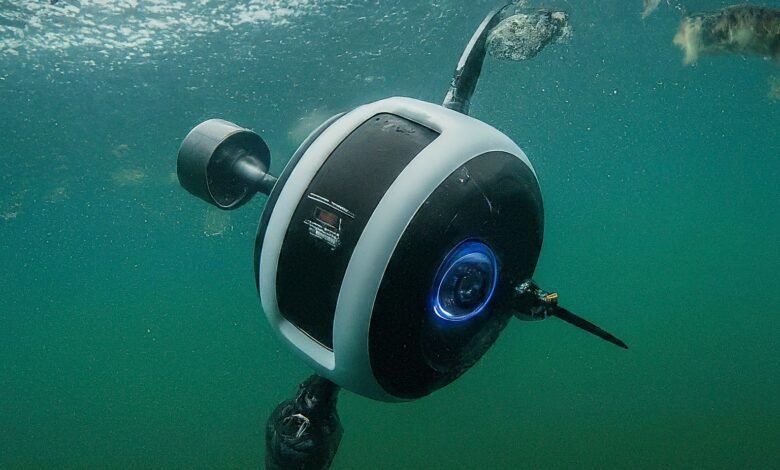
How to Take Care of Fish?
Taking care of fish is not just about filling a tank with water and dropping them in. It’s about creating a safe, comfortable, and healthy environment for these aquatic creatures to thrive in.
Whether you’re new to fishkeeping or looking to improve your skills, this guide will walk you through the essential steps to ensure your fish live long and happy lives. You can also check out Animalquick for more tips.
Setting Up the Aquarium
The first step in fish care is setting up their home—the aquarium. Start by choosing the right tank size based on the type and number of fish you plan to keep. Remember, fish need space to swim and grow, so avoid overcrowding.
Once you have your tank, add substrate, which is the material at the bottom. Gravel or sand works well, but make sure it’s clean before adding it to the tank. Next, install a filtration system to keep the water clean and oxygenated. Filters remove waste and debris, creating a healthy environment for your fish.
Now, it’s time to get creative! Add decorations like rocks, driftwood, or artificial plants to create hiding spots and mimic a natural habitat for your fish. Don’t forget to include some live plants, as they help oxygenate the water and provide a natural filtration system, and don’t forget to read more on Animalquick.
Water Quality Management
To do this, you need to understand the nitrogen cycle—a process where beneficial bacteria break down fish waste into less harmful substances. Test your water regularly using a water testing kit to ensure the levels of ammonia, nitrites, and nitrates are within safe limits.
Performing regular water changes is another essential aspect of water quality management. Every week, replace 10-25% of the water in your tank with fresh, dechlorinated water. This process aids in the elimination of toxins and the restoration of vital minerals for your fish.
Feeding
Proper nutrition is vital for the health and vitality of your fish. Choose high-quality fish food that is appropriate for the species you’re keeping. Most fish will thrive on a diet of flake or pellet food, but you can also supplement their diet with live or frozen foods like bloodworms or brine shrimp.
Establish a feeding schedule and stick to it. Feeding your fish too much can result in poor water quality and health issues. Offer small amounts of food once or twice a day, and remove any uneaten food after a few minutes to prevent it from spoiling.
Tank Maintenance
Regular tank maintenance is essential for keeping your aquarium clean and your fish healthy. Use a magnetic algae scraper to clean the glass and remove any algae buildup. Vacuum the substrate regularly to remove debris and uneaten food that can accumulate at the bottom of the tank.
Prune any dead or decaying plant material to keep your aquarium looking tidy and prevent it from fouling the water. And don’t forget to clean or replace the filter media regularly to ensure it continues to function effectively.
Health Care
Keeping an eye on your fish’s health is crucial for catching any problems early. Watch for signs of illness such as changes in behavior, loss of appetite, or unusual spots or growths on their bodies. If you notice any issues, quarantine the affected fish to prevent the spread of disease to other tankmates.
There are many common fish diseases, but most can be treated with medication or by adjusting water parameters. Follow the instructions carefully when administering medication, and monitor your fish closely for improvement.
Tank Compatibility
Not all fish are compatible with each other, so it’s essential to research the species you want to keep before adding them to your tank. Some fish are aggressive and may bully or even eat smaller, more peaceful species. Others have specific water parameter requirements that may not be compatible with your existing setup.
Avoid overstocking your tank, as this can lead to territorial disputes, water quality issues, and stress for your fish. Provide plenty of hiding places and territories for each fish to reduce aggression and promote a harmonious community.
Navigating the Spirit Airlines Terminal in Las Vegas
Conclusion
Taking care of fish requires time, patience, and dedication, but the rewards are well worth the effort. By following the steps outlined in this guide, you can create a thriving aquarium ecosystem that provides a safe and healthy home for your fish. Remember to observe your fish regularly, and don’t hesitate to seek advice from experienced aquarists if you encounter any problems along the way. With proper care and attention, your fish will reward you with their beauty and vitality for years to come.


